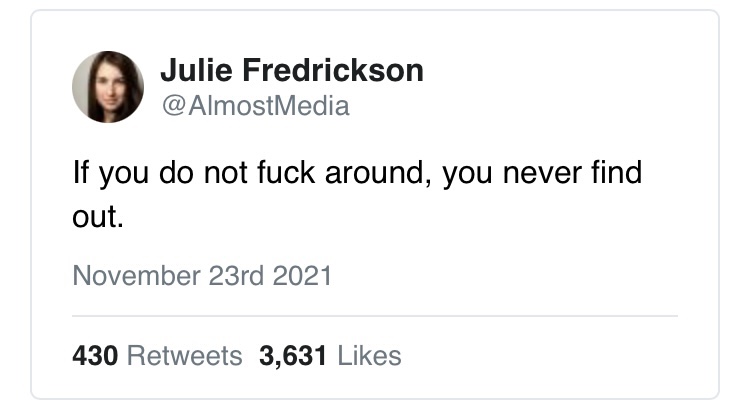When I was a sophomore in high school I lived in France. As part of an exchange program I attended a private Catholic school in Evreux which is a a town midway into Normandy. The family I lived with was almost quintessentially French. The patriarch of the family Didier was a perfumer that worked in fragrances for Chanel. And this is where American bourgeois and French bourgeois diverge. In our washing up.
I was accustomed to showering every single day. I was a horseback rider, as was the daughter in the family with whom I lived. I thought it perfectly reasonable to rinse off the barn smells on a regular basis. This was not a view shared by the family. While they were immaculately groomed, their routines involved wash cloths and eau de toilette. Washing one’s hair was a once a week affair.
I was slow to pick up on this cultural norm. They would politely point out that I showered a lot. I was gifted a number of Chanel cosmetics and fragrance products. Did I perhaps prefer Allure to Number 5? They kept coaxing me. I kept not getting the hint. Finally I was told point blank I was running up the water bill and I needed to knock it off.
Lucky for me the habit stuck. That old joke where a woman tells her suitor she can’t go on a date because she’s washing her hair? That’s me now. Well, sort of. Every Sunday afternoon I set aside an hour for the full scrub down routine. I like to go into the week with freshly styled hair. If you catch me on Wednesday or Thursday you can see my hair slowly getting less coiffed. I’ll typically do a rinse and condition on Thursday but thanks to my French family Sunday remains the only full hair washing day. And I still kind of dislike perfume. But don’t tell Didier.

